Socks: A Kid’s Christmas Lament
Author: J.D. McPherson
Illustrator: Anika Orrock
Walker Books US
10 September 2024
40 pages
Ryan’s Review of the Writing
***Note: I’ve been creating picture book reviews at OPB since 2018, and this is the first one I’ve covered which is linked to a song! Witness the QR code at the front of the book which leads to the song and animations. Fun!***
JD McPherson’s picture book, Socks, adapts his song of the same name, transforming a catchy tune into a heartwarming and humorous Christmas story. The book retains the song’s core concept—a child’s comical outrage at receiving socks for Christmas—but expands upon it with a richer narrative, deeper character development, and a more nuanced exploration of holiday themes.
The rhyming text, a hallmark of the original song, remains a driving force in the book. The rhymes are playful and varied, capturing the child’s frenetic energy as they search for hidden presents. The repetition of key phrases, particularly the lament over the “lousy pair of socks,” creates a humorous rhythm that young readers will delight in.
***Want to see the lyrics of the song for yourself? Here you go!***
McPherson’s vivid language and imagery elevate the story beyond the song’s lyrics. The child’s actions are described with dynamic verbs like “creep,” “peek,” and “rifle,” painting a picture of their frantic quest. The socks themselves are imbued with personality, described as something to “insulate” the child’s boots or their failure to “beep or buzz or bop.” These details add depth and humor, making the story a joy to read aloud.
While the song ends on a lighthearted note of defiance, the book offers a more quiet resolution. The child’s anger subsides as they witness their family’s joy and realize the importance of togetherness. This shift in perspective adds emotional depth and reinforces the book’s heartwarming message.
The book’s execution occasionally stumbles in its pursuit of rhyme and rhythm. While the majority of the rhymes are charming and effective, some lines feel forced. This is particularly noticeable in phrases like “impassioned declarations” and “I ruined no vacations,” where the multisyllabic words and unusual phrasing create an uneven cadence that (to some ears/tongues) might disrupt the natural flow of the language.
Ultimately, Socks is a testament to the power of adaptation. McPherson successfully reimagines his song, creating a picture book that stands on its own merits. The story’s humor, relatable characters, and endearing message will resonate with young readers, making it a festive addition to any holiday collection.
4.25 out of 5 pencils
Edna’s Review of the Illustrations
The minimalistic cartoon style of Socks is befitting of this song-inspired picture book. Chock full of energy and whimsy, the pages draw you in through a playful composition of line, shape and muted color blocks deftly rendered by illustrator, Anika Orrock.
The story is centered on a nameless boy who complains of getting socks for Christmas. Readers follow along as the boy searches in vain for gifts (other than socks) as his musings lead up to a sock protest in this jazzy-blues stylized world.
Orrock depicts the boy frantically conducting a dimly lit, early morning search and winding up in a bright, joyful reveal of family festivities and coveted gifts. The story ends with Santa and Mrs. Claus cozying up with socked feet, on a bright North Pole morning. The sophisticated yet subtle transitions and treatment of light in the illustrations are one of my favorite things about this book.
Of special note are pages 28–29 which help to usher in the story’s climax in a side-by-side comparison of limited-color cityscape featuring multilingual balloons versus a stark, colorless crowd of sock-protesters carrying signs. Kudos to Orrock’s clever typographic treatment of “SOCKS” which is incorporated into a page turn.
Kids will enjoy discovering the sub-stories and the clever hints on the boy’s personality and interests–see the Jolly Roger skull and crossbones on different objects and the “swear jar” among other things.
Readers can check out the book’s origin by clicking on the QR Code in the book’s front matter. This will take you to the YouTube page which hosts the original song performed by author/songwriter JD McPherson. The album’s original art show the boy and a Christmas tree–obvious inspiration for the book’s main character and illustrative style.
Overall, I found the illustrations to be a delightful throwback to mid-century cartoons, keenly drawn and composed and loads of fun to explore–key aspects to the success of this holiday story.
5 out of 5 candy canes
 Edna Cabcabin Moran is an author/illustrator, multi-disciplined artist, educator, and advocate for youth voices and diversity in publishing. A Filipina-American born to immigrants and raised in a military family, Edna grew up in the USA’s east and west coasts, Iceland, and Hawai’i. She is also a dancer with acclaimed hālau hula and dance company, Nā Lei Hulu I Ka Wēkiu, and a teaching artist specializing in STEAM and integrative arts. Her latest picture book, Honu and Moa (BeachHouse Publishing), received a 2019 Aesop Accolade from the American Folklore Society.
Edna Cabcabin Moran is an author/illustrator, multi-disciplined artist, educator, and advocate for youth voices and diversity in publishing. A Filipina-American born to immigrants and raised in a military family, Edna grew up in the USA’s east and west coasts, Iceland, and Hawai’i. She is also a dancer with acclaimed hālau hula and dance company, Nā Lei Hulu I Ka Wēkiu, and a teaching artist specializing in STEAM and integrative arts. Her latest picture book, Honu and Moa (BeachHouse Publishing), received a 2019 Aesop Accolade from the American Folklore Society.
IG: @kidlitedna



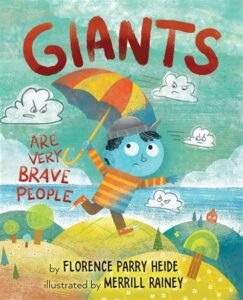
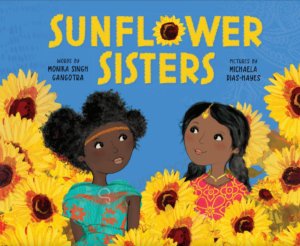
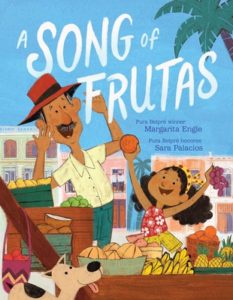
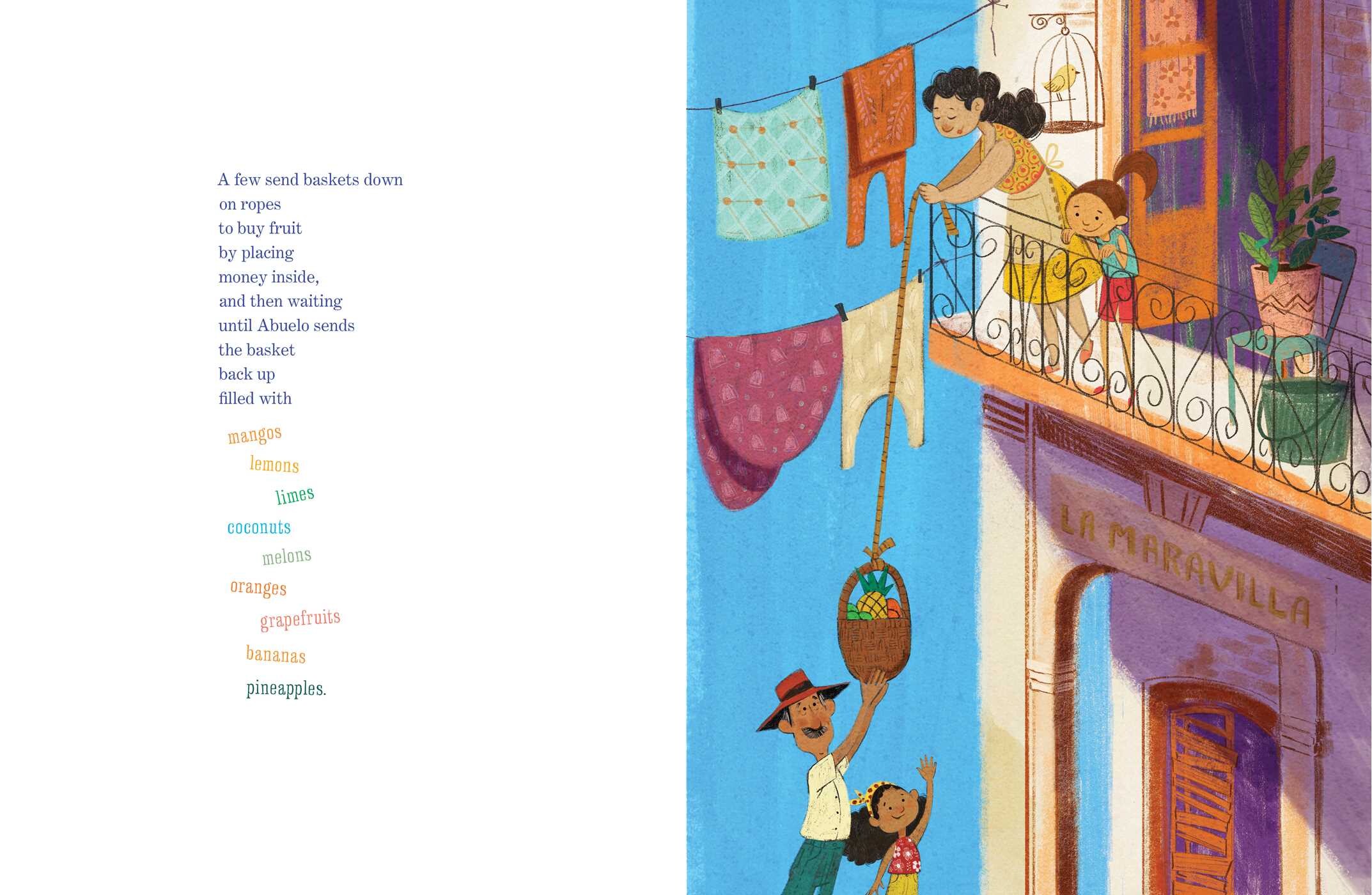
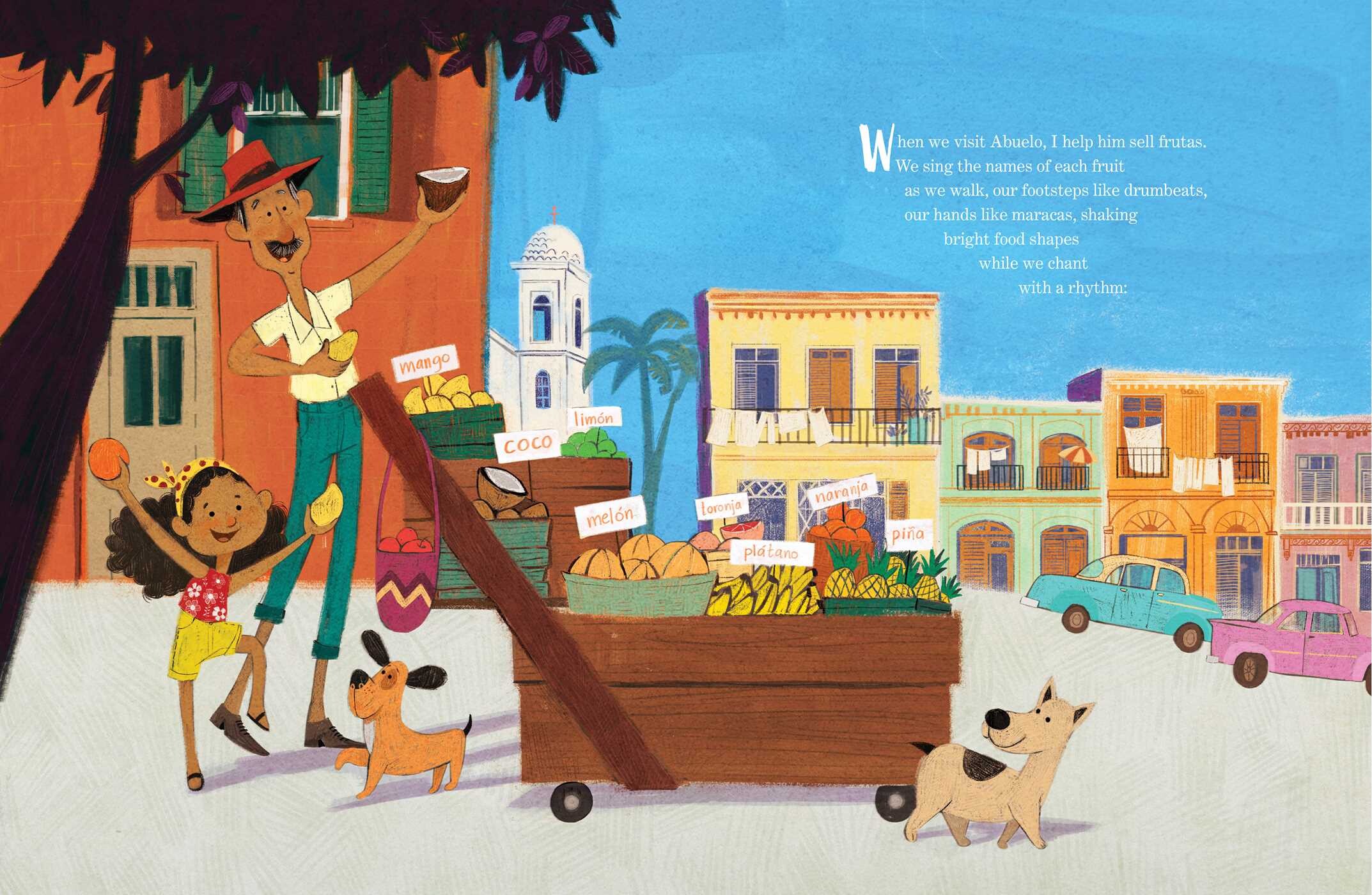
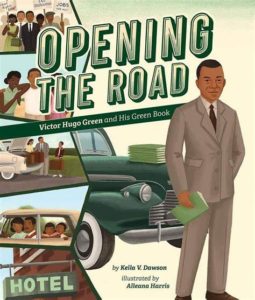
 Edna Cabcabin Moran is an author/illustrator, poet, arts educator, and hula dancer. Having been raised in the continental
Edna Cabcabin Moran is an author/illustrator, poet, arts educator, and hula dancer. Having been raised in the continental